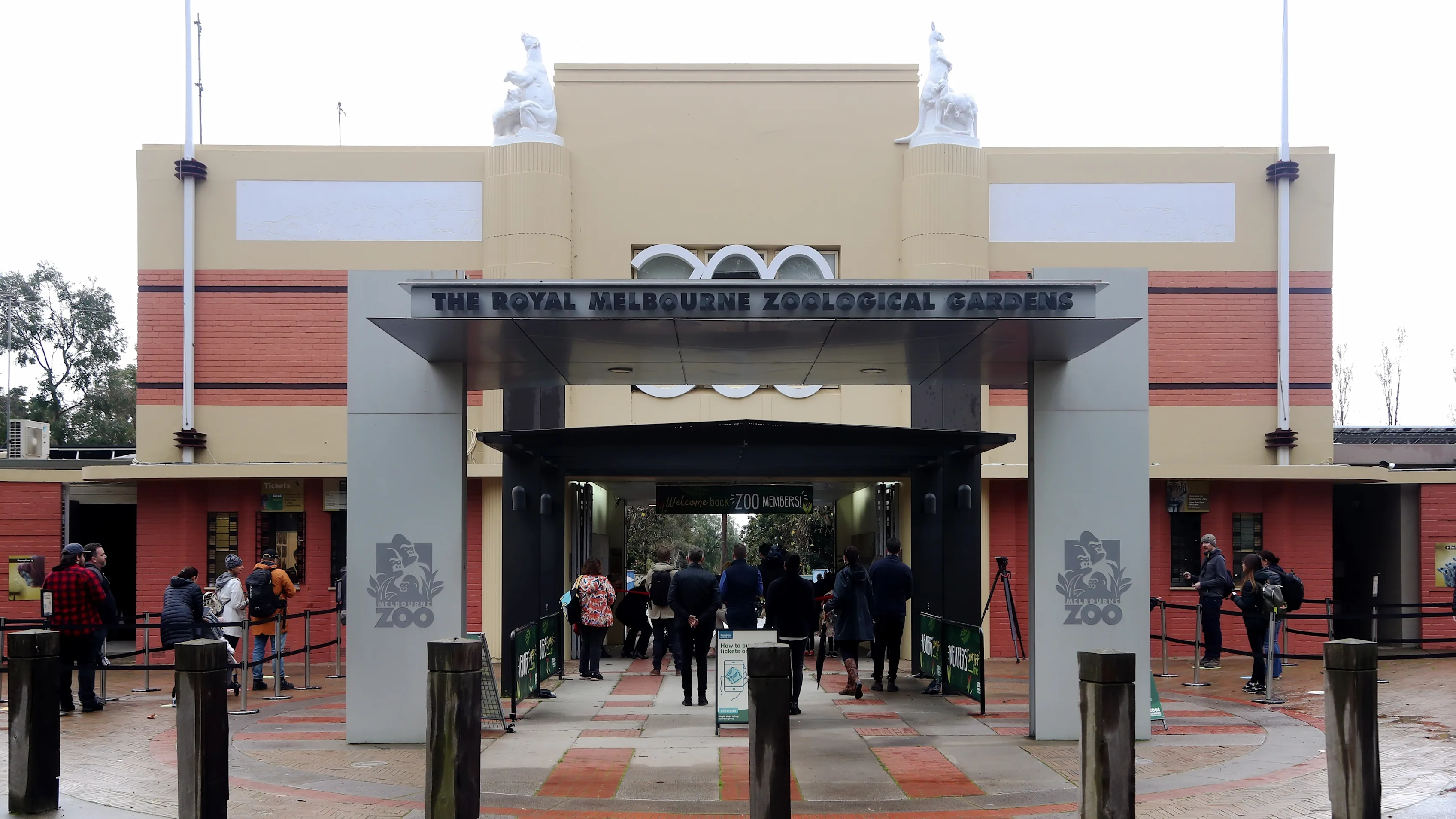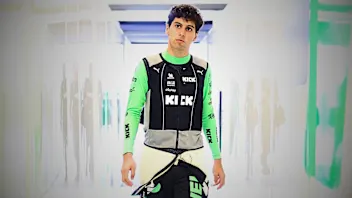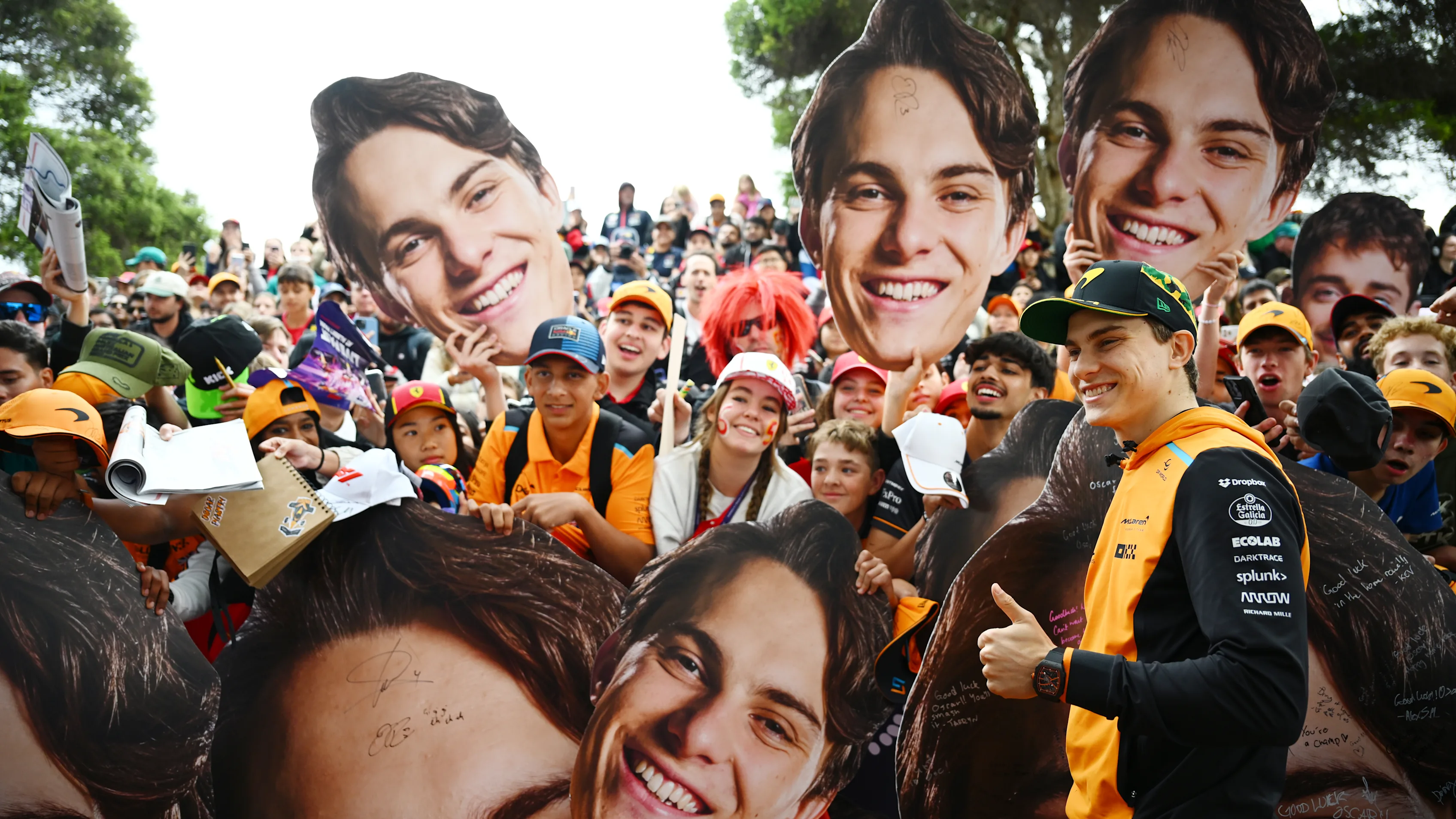On Thursday of this year’s Australian Grand Prix, race promoter the Australian Grand Prix Corporation (AGPC) reported that some 65,030 people had swarmed through the Albert Park turnstiles to welcome F1 and its drivers to the lakeside circuit - up 4,198 on last year’s opening day. The day after that figure would swell to a sell-out Friday and by Sunday it was confirmed that the 2024 race had shattered all previous records, with a mammoth 452,055 fans visiting the park over the weekend.
While those staggering figures speak to the booming popularity of Formula 1, they also give rise to a significant problem – waste. Almost half a million people in an enclosed area for a race weekend means four days heavy consumption of energy, resources, goods, food and drink. All of which leave the promoter, and by extension F1, with a sustainability challenge.
It is an issue F1 and its promoters, including the AGPC, are determined to address. For a number of years, the organisation has been elevating its reuse and recycling measures and for this year’s race, in tandem with a variety of other sustainability programmes, it rolled out the largest suite of initiatives yet to supercharge the circular economy of the race, as the AGPC’s Sustainability Manager Sarah Lowe explains.
READ MORE: How Singapore is setting the trend for sustainable night racing on the F1 calendar
"You can take it back a couple of years, where we’ve come from on our journey towards overall sustainability, and it was initially driven by staff of the Australian Grand Prix who wanted to see change, to inspire innovation and understand our overall impact," she says. “We’re a major event and with that does come a large environmental impact. As a result, we’ve spent the last few years identifying our overall footprint and we’ve done that through a range of greenhouse gas counts and of waste generated in operations. These are key areas of opportunity for major events.
"Through that we’ve recognised areas of opportunity and areas within our operational control where we can influence change. It’s important as a promoter that we do that, and we want to start implementing solutions that help drive down those associated emissions and those associated environmental impacts as well."
First on the list of opportunities for 2024 is the Victorian Container Deposit Scheme (CDS). Launched in November 2023, the CDS rewards Victorians with a 10-cent refund for every eligible can, carton and bottle they return.

"We are an early adopter of the scheme, with all the waste recirculated back into a greater recycling chain and implemented throughout the entire state. We’re collecting waste from front-of-house, and then we do comprehensive back-of-house sorting as well and what we're looking to see, essentially, is a decrease in our landfill, and an increase in our diversion from landfill," Lowe continues. "We trialled this at last year’s event and got some really good data, we got some good insights on how fans are engaging with the initiative and that’s resulted in us rolling it out across the entire events issue."
Additionally, the Grand Prix is working with Green My Plate, an organisation dedicated to eliminating single-use packaging through a closed-loop reusable system, providing racegoers with reusable plates and bowls.
READ MORE: Las Vegas Grand Prix launches innovative water conservation programme
"This offers a completely reusable solution to catering ware, so we implemented that at two general admission ovals this year, which is really exciting," Lowe explains. "Last year, we washed 18,560 plates which was huge and we're looking to see the initiative grow again this year. It's a really wonderful initiative in that we're starting to incorporate that conversation about circular common economy with our front-of-house food vendors, and educating fans as well, bringing them along on the journey.
"Continuing that education, we also have bespoke recycling stations situated in all the general admission fan zones and they are manned by what we call eco-champions. We work with a waste consultancy company called Reground, and their staff are at the recycling station, so when patrons are bringing up rubbish it's an opportunity for them to learn a bit more about the materials they're using. We trialled that this year and already we’ve had some really good feedback from fans asking what their Grand Prix is doing to help reduce waste overall, which is wonderful."

As well as Reground also providing a coffee ground collection service, with the waste grounds being sent to Melbourne Zoo to be used as a soil nutrient, the AGPC is also working with the company to trial a soft plastics collection service. According to Reground’s research, soft plastic waste – bags and packaging materials – is one of the leading recyclable materials being sent to landfill via businesses general waste bins.
"We really want to start moving towards reducing the soft plastics we have on site or plastics that we have on site, and so we start by collecting data from a trial and then scale up from that, so we’ve targeted a range of merchandise outlets this year and ultimately, we want to start moving towards having an overall reduction in the amount of soft plastics we have on site," says Lowe.
The initiatives put in place at the race in Melbourne represent a growing commitment to the circular economy not just within the Australian Grand Prix Corporation but within the wider world of grand prix racing and Formula 1 itself.
Formula 1 has committed to systematically reduce CO2 emissions generated by its operations, events, logistics and race cars to Net Zero by 2030 and implementing initiatives to boost circular use of resources within the sport is central to that mission, as Ellen Jones, Head of ESG (Environment, Social & Governance) at Formula 1 explains.
"When we talk about the circular economy, it really breaks down to the lessons we learned in school," Jones says. "It's reduce, reuse, recycle. These are fundamental principles of delivering sustainability. Many of our promoters have been active in this area for some time. Singapore, for example, has been collecting cooking oil and converting it to biodiesel since 2011. Australia is now taking it to the next level, and in hosting global events it’s about saying, ‘Well, how do we do this differently? And how can we show that we can really deliver at scale?’
"When it comes to a business like Formula 1, there are two key drivers. Firstly, it’s process and that means starting with the nuts and bolts – changing your procurement process. It's how we set up our policies and procedures to say, ‘this is what we expect when you deliver a system or any product for Formula 1,’ and that helps set an ongoing standard. The second thing is culture change. Because it's one thing to say we're delivering but it's only part of the process. Real innovation comes from within, from our people saying, ‘Oh, I can do this differently, I can help meet our goals across the organisation.’ Then you start to get into the really exciting things.

"It's not just that we've made something recyclable, it's actually we've changed, for example, the entire construction system of the walls in our Paddock Club, which means fewer people are needed to build them, fewer single use materials are used, in this case wood, because it's now an aluminium structure that’s light and reusable. That's when it really starts to come to life. It's not just something we add, but it's something that you start at the beginning of the process. And it completely changes your way of working."
And according to Jones, the circular ethos extends far beyond aluminium frames in the construction of Paddock Club walls. From the simplest changes – using recycled material in accreditation lanyards to recycling fibres from uniforms – all the way through to the highest technologies used in the business of bringing F1 action to screens around the world, the change is now systemic.
As an example, Pete Samara, Director of Strategic Technical Ventures at Formula 1, points to the organisation’s partnership with Lenovo.
“Lenovo is one of our key technical partners,” he says. “They provide us with great support from a services point of view and from a hardware point of view. That means laptops, phones, peripherals, all kinds of consumer devices and also the computers we have in our racks that do the backend processing on premise. But beyond that they really lean into what we're doing and help us to think about how to grow and do things in a more sustainable way.
“One of the key things they're doing for us is an asset recovery service,” Samara explains. “Effectively, they take away all our old hardware. That sounds simple, right? They give us a device, they take the old device away, great, it doesn't go to landfill. But actually, they do much more than that. About 90% of F1 IT goes back to the asset recovery system. So that's quite a significant percentage that are surplus to requirement. They take that away and repurpose, reuse and recycle it. The fact that they see that as an opportunity to help the circular economy and have that 360-degree mindset is great.”
And the technology savings extend far beyond the provision of laptops and migrating to cloud servers. The global pandemic in 2020 forced a rethink of how F1’s broadcast was put together on site at races and the establishment of the Remote Technical Centre to organise a large part of the broadcast from F1’s Biggin Hill technical base means sustainability has been massively boosted, not just in terms of a reduction from 12 freight containers to three, but through saving on hardware.

“We’re not travelling as much as we used to, which is big,” Samara says. “It simply means that things are not breaking as much as they did in the past. That shift from a raw operations point of view, which is the biggest thing we have done tech-wise over the last few years, is not just the right model for the future to do processing and publishing in the UK, it actually has ripple effects that stretch far beyond the core concept and that is extremely positive.”
It isn’t just Formula 1 and its event promoters that have embraced a reuse and recycle mindset. Suppliers and teams are also striving for sustainability in some surprising areas of operation.
Ahead of the 2024 season, F1 tyre supplier Pirelli revealed that it had become the first company to produce a complete range of FSC (Forest Stewardship Council)-certified tyres for motorsport and that, starting from this year, all the tyres used in F1 will be marked with the FSC logo. The certification states that all the natural rubber within the tyre complies with stringent environmental and social criteria required by the FSC, the world-leading non-governmental organisation for sustainable forestry. Natural rubber equates to 15% on tyre weight, on average.
READ MORE: Formula 1 becomes first motorsport competition to use Pirelli FSC-certified tyres
“FSC is important because it's a certification made by a third party,” says Pirelli's Director of Motorsport Mario Isola. “It's not Pirelli certifying itself, it is the Council’s certification that guarantees sustainable use of the natural rubber and respect for the communities and all the processes are strictly monitored by the Forest Stewardship Council. It is a very important recognition of how we operate.”
FSC certification is just one aspect of Pirelli’s commitment to the circular economy and in addition to the management of forests to preserve biological diversity, while benefiting local workers and communities in way that is economically beneficial for them, Isola adds that all tyres brought to the track by Pirelli for use in F1, F2, F3, and F1 Academy are transformed into secondary raw materials after use, for multiple circular uses.
“We recently changed our approach to recycling tyres,” he adds. “From day one, we collected all the tyres, for confidentiality of course, but also to have the possibility to recycle them in a sustainable way. And for some years, we recycled all the tyres from F1, F2 and F3, creating energy from them. But since last year, we are also generating secondary raw materials from the tyres. And these new materials can be used in different applications, such as flooring. But this is not an end point for our journey because we have ideas for the future, to use the materials coming from used tyres even better than now.”

Teams too are taking circular use to new heights and at last year’s US Grand Prix in Austin, McLaren trialled the use of cutting-edge recycled carbon fibre (rCF) on the McLaren MCL60 as part of its goal to develop a fully circular F1 car by 2030.
Compared to standard carbon fibre, the recycled equivalent reduces life cycle emissions by 90% - saving 27 tonnes of carbon emissions for each tonne of material used. Global demand for carbon fibre is ever-increasing, and it is forecasted that by next year it will reach 262,000 tonnes. If just 1% of that carbon fibre was recycled, it would save 70,848 tonnes of carbon emissions.
For Ellen Jones, adding all those actions together amounts to significant impact and creates a momentum she hopes will not only carry the sport ever closer to Net Zero, but will also take fans on the journey too.
“At Formula 1, we want to be in that leading position. We want that annual growth in sustainability with our promoters, with suppliers and teams and whenever there's a change in how any of us work, we want to say: ‘How can we do this better? How can we make sure it's been designed for reuse or recycling?’ We have a real opportunity to make an impact and we want people to be inspired and take some of those pieces of best practice to their own workplace and their lives, or even feedback more ideas into Formula 1.”
Back in Australia, the clean-up operation following this year’s sell-out race is well underway. For Sarah Lowe, however, the event isn’t over, it’s just the beginning of even more work.
“F1 and promoters have an incredible opportunity to start conversations around sustainability and to do it in a way that's authentic and we bring fans on that journey with us,” she concludes. “Formula 1 is driven by innovation and we have fans who are fascinated by technology. We have a really huge platform to try and implement innovative ideas and to drive positive change.”
Next Up
Related Articles
 Best radio and more – F1's 2025 alternative awards
Best radio and more – F1's 2025 alternative awards .webp) End Of Year Reports 2025Ferrari’s best and worst moments from 2025
End Of Year Reports 2025Ferrari’s best and worst moments from 2025 End Of Year Reports 2025Red Bull’s best and worst moments from 2025
End Of Year Reports 2025Red Bull’s best and worst moments from 2025/TEAM%20PREVIEWSHALF%20TERM%20REPORTS%20DISPLAY%20V1%20(13).webp) End Of Year Reports 2025Racing Bulls’ best and worst moments from 2025
End Of Year Reports 2025Racing Bulls’ best and worst moments from 2025 Norris praises support from Hamilton, Vettel and more
Norris praises support from Hamilton, Vettel and more ExclusiveBortoleto on his rookie year and Audi excitement
ExclusiveBortoleto on his rookie year and Audi excitement
